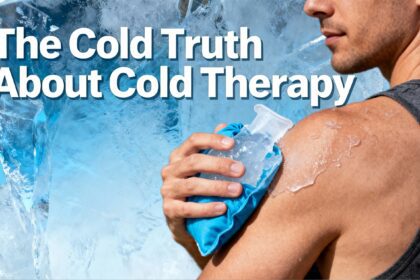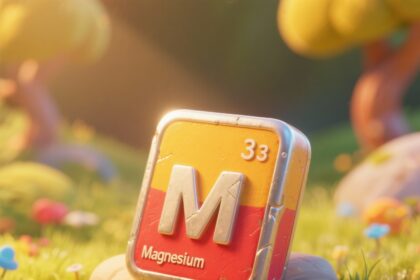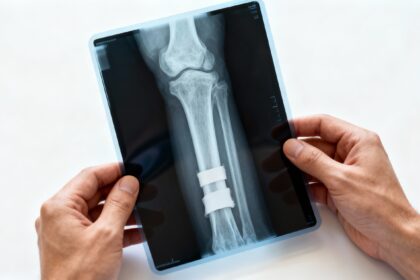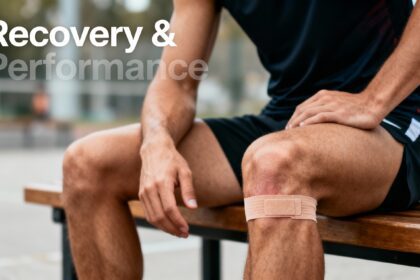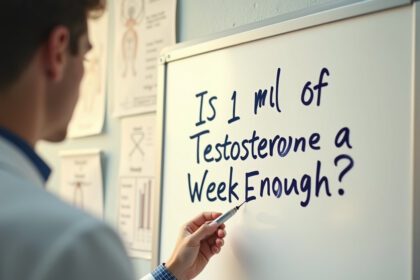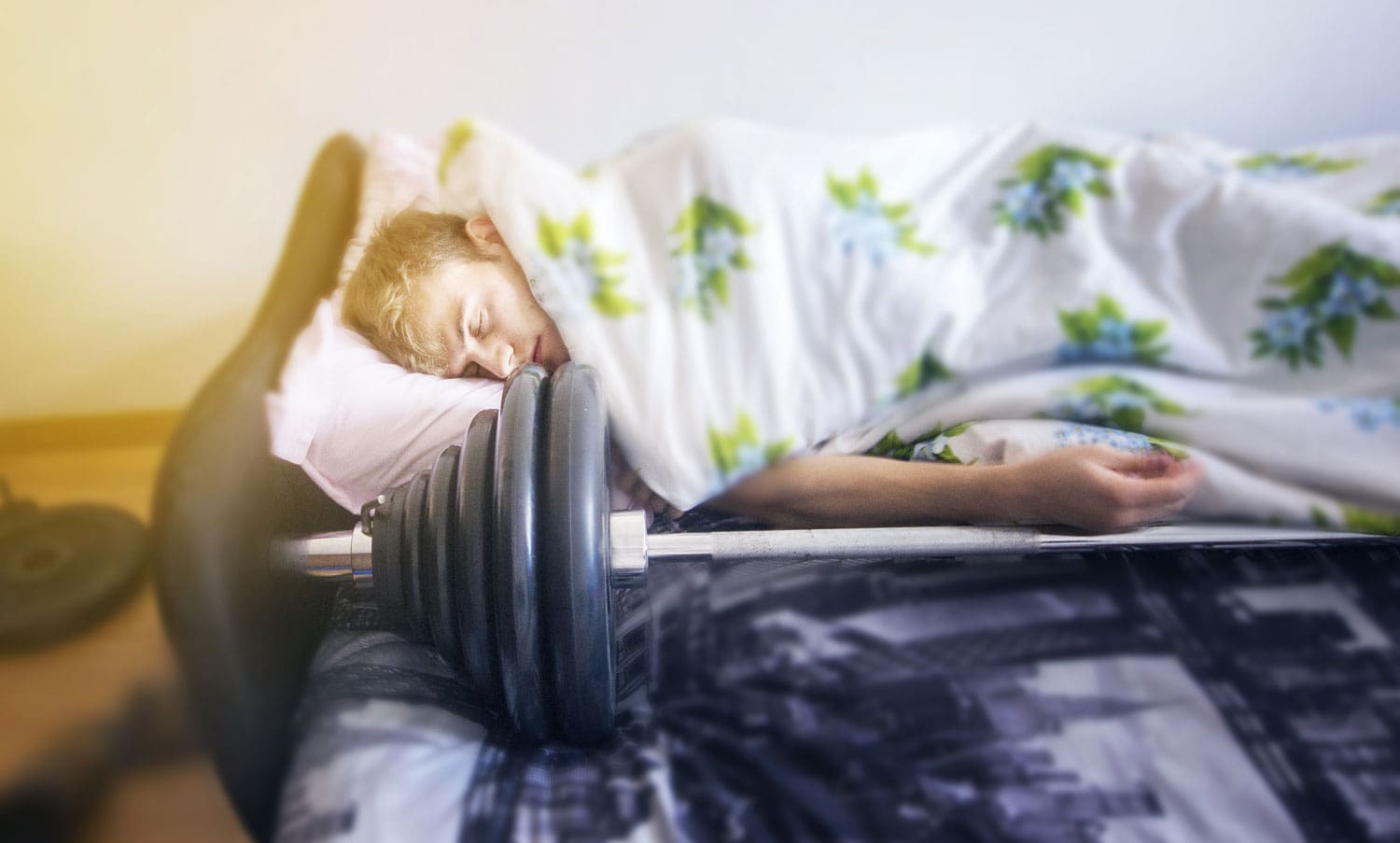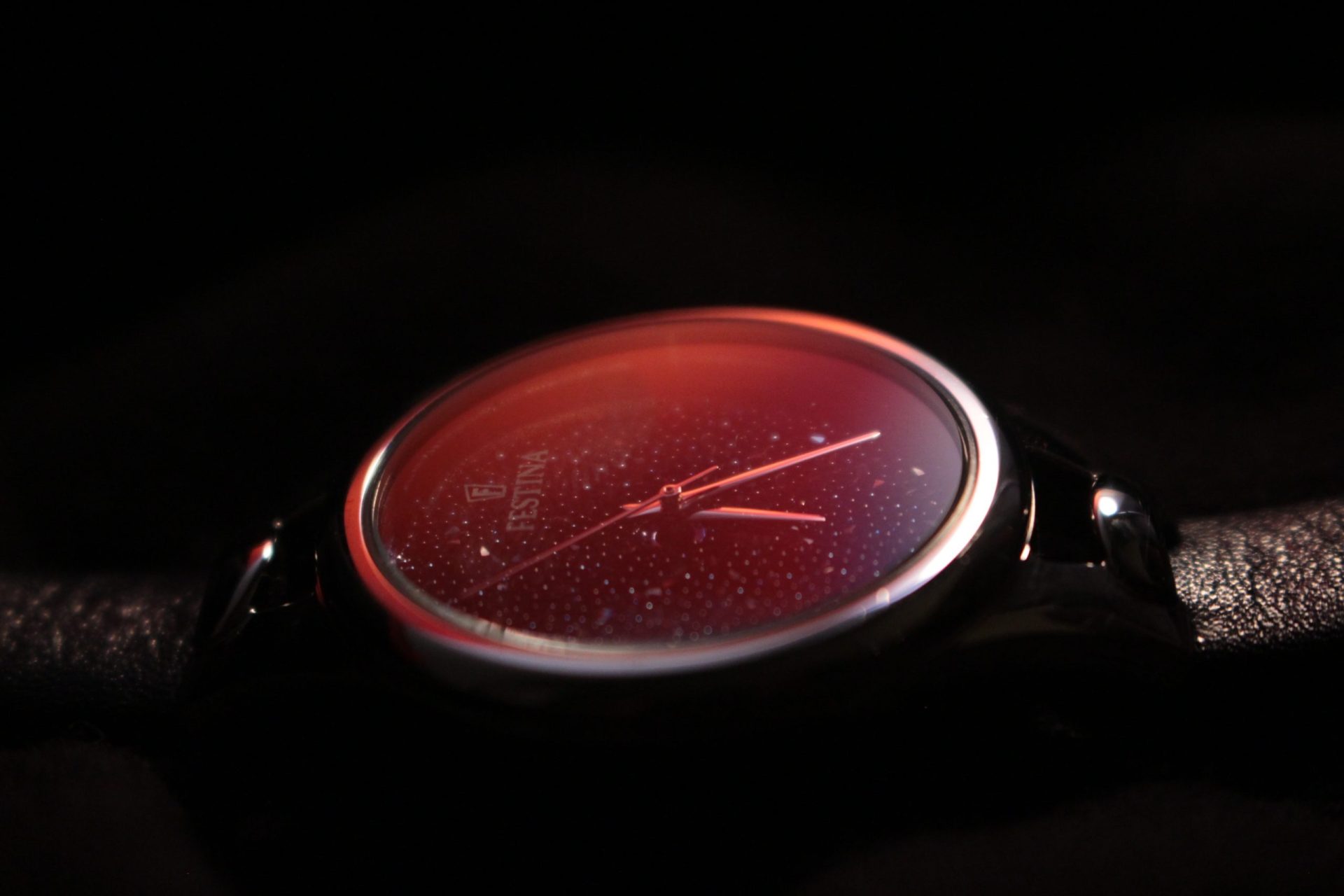Recovery after a devastating injury can be a long road filled with various exercises and techniques to aide in the healing process. Typically, with orthopedic injuries, the patient will be required to attend physical therapy sessions to help return the injured limb to pre-morbid function. Therapeutic modalities are available in physical therapy to speed the recovery process and make the journey a little less frustrating. Some modalities may include cryotherapy, thermotherapy, massage, and traction. Ultrasound therapy is a modality that has both thermal and nonthermal effects. Electrotherapy is a second modality that includes electrical stimulation creating a therapeutic current to target nerves and elicit a healing response.
Ultrasound therapy involves the use of an ultrasound wand with a piezoelectric crystal in a transducer head. This is applied to the injured body part with a coupling gel in a circular motion. Sound waves are sent from the ultrasound wand into deep tissues. The process may cause an increase in temperature and produce thermal effects, or it can prompt nonthermal effects as well. Because the sound waves may have difficulty traveling through air, the coupling gel is used as a transmission medium between the patient’s body and the air around them.
Therapists can control the amount of heat being applied by either increasing or decreasing the frequency and intensity of the ultrasound. Frequency refers to the number of waves that occur in a second. Intensity refers to the energy being produced by the ultrasound wand. High intensity and low frequency produce therapeutic heating within the deep tissues. Some of the thermal effects include increased blood flow, decreased pain, inflammation and joint stiffness, and an increase in enzymatic activity. The nonthermal effects commonly seen include soft tissue healing and increased skin permeability. Ultrasound therapy encourages immune-response cells to migrate to the injured area to promote faster healing.
However, there are some contraindications. Ultrasound therapy should not be used in cases of hemorrhage, infection, stress fractures, pacemakers, or suspected cancer. Additionally, ultrasound therapy should only be used by trained and certified therapists. Ultrasound therapy is very often used in injuries such as bursitis, tendonitis, or other acute or chronic inflammatory conditions. Ultrasound therapy is also used by athletes following a game or practice to aid with muscle spasms and speed recovery. Ultrasound therapy is commonly paired with other modalities such as electrical stimulation. When using two different modalities at once, the frequency and intensity should be adjusted appropriately.
Electrical stimulation involves placing electrodes on various parts of the body to create an electrical current pathway. Like ultrasound therapy, there are three factors to consider when delivering an electrical current: amplitude, frequency, and duration. The amplitude determines the strength that drives the current. Frequency is how often an electrical pulse is sent per second. A low frequency produces a few pulses per second. High frequency produces many pulses resulting in the muscle contraction being held for the duration. Pulse duration is the total length of time the current is applied.
There are several different electrical stimulation units commonly used for physical therapy. However, the two most common to are Transcutaneous Electrical Nerves Stimulation (TENS) and Neuromuscular Electrical Stimulation (NMES). TENS uses an electrical current to target the sensory nerves that send a signal to the brain to create a response. In contrast, NMES creates a current that runs through the muscle fibers causes a signal that elicits muscle contraction.
The TENS unit is typically used with one of two settings: conventional TENS, or acupuncture-like TENS. With the conventional setting, electrical pulses are typically high frequency, short duration, and the amplitude is set for the comfort of the patient. With the acupuncture-like TENS setting, the pulse is set at a low frequency for a longer duration with a generally comfortable-to-tolerable amplitude level. Electrodes are attached around the perimeter of the injured body part, with a positive electrode on one side and a negative on the other. While TENS unit therapy is typically given to patients with chronic or acute pain, it should not be used on pregnant women or on someone with a cardiac pacemaker.
With NMES therapy, electrodes are placed with the negative at the insertion point and the positive on the muscle belly of the targeted muscle. An electrical current is set at a moderate-to-high intensity, while still comfortable for the patient. The stimulation of the muscle elicits an involuntary muscle contraction. This type of electrical stimulation is often used to decrease muscle atrophy following immobilization of a joint or to bring back muscular function that was lost due to injury. NMES has also been widely used by athletes for muscle recovery and muscle strengthening.
Ultrasound therapy and electrical stimulation are just two of the many modalities that physical therapists use to improve the rate of recovery and range of motion for their patients. Ultrasound therapy uses sound waves to target deep tissues and decrease inflammation and pain, as well as help with muscle spasms in patients with acute or chronic inflammation. Electrical stimulation uses electrodes to produce a current running through sensory nerves to decrease pain with TENS, or through muscle fibers to stimulate muscle contraction using NMES. All modalities used in physical therapy have with them associated indications and contraindications. However, they are all designed to help recover as quickly as completely as possible.
References
Johns L. D. (2002). Nonthermal effects of therapeutic ultrasound: the frequency resonance hypothesis. Journal of athletic training, 37(3), 293–299.
Lake, D. A. (1992). Neuromuscular Electrical Stimulation. Sports Medicine, 13(5), 320-336. doi:10.2165/00007256-199213050-00003
Miller, D. L., Smith, N. B., Bailey, M. R., Czarnota, G. J., Hynynen, K., Makin, I. R., & Bioeffects Committee of the American Institute of Ultrasound in Medicine (2012). Overview of therapeutic ultrasound applications and safety considerations. Journal of ultrasound in medicine : official journal of the American Institute of Ultrasound in Medicine, 31(4), 623–634. https://doi.org/10.7863/jum.2012.31.4.623
Moore, S. R., & Shurman, J. (1997). Combined neuromuscular electrical stimulation and transcutaneous electrical nerve stimulation for treatment of chronic back pain: a double- blind, repeated measures comparison. Archives of physical medicine and rehabilitation, 78(1), 55–60. https://doi.org/10.1016/s0003-9993(97)90010-1
Williams, R. S., Dr. (2017, April 25). What is Electrical Muscle Stimulation (ESTIM)? (Uses and Benefits). Retrieved from https://www.coastalorthoteam.com/blog/what-is-electrical- muscle-stimulation-estim-uses-and-benefits

